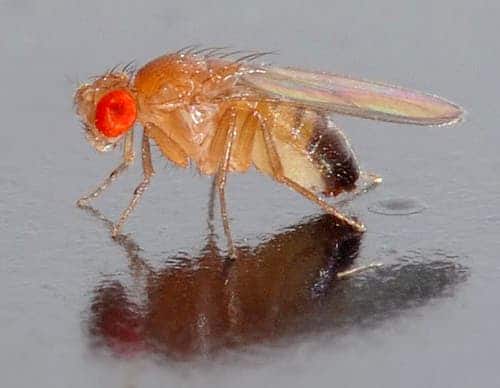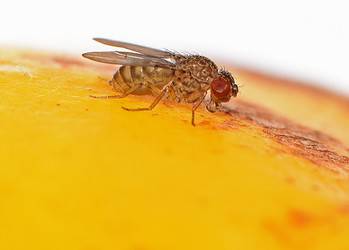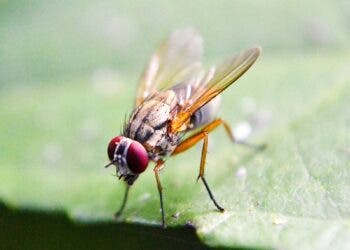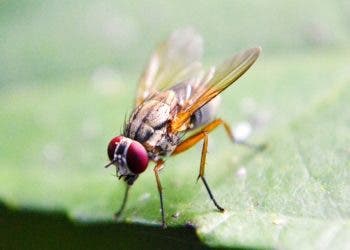They’re a common guest in our houses, and they could teach us a thing or two about our own food preferences.

Fruit flies are particularly interesting to researchers as they serve as a simplified model for genetic research, and have provided numerous answers about how genes work.
Despite their names, fruit flies don’t necessarily need to munch on fruits. They often pop up around things like banana peel, but they can survive on pretty much anything — in biological terms, they’re called “nutritional generalists.” Another species which falls under the same nutritional umbrella is us humans. However, while our close relatives can also have varied diets, the evolutionary cousins of fruit flies are quite different — they’re nutritional specialists, and can only feed on specific plants.
There is a lot of debate in the scientific world about why animals (and sometimes animals in the same family) have such different nutritional tastes. A new study might shed some new light on this issue.
“Uncovering the differences in the molecular mechanisms between nutritional generalists and specialists can help us understand how organisms adapt to variable nutritional environments,” explain Kaori Watanabe and Yukako Hattori of Kyoto University, who led the study. “In our investigation, we changed the nutrient balance in the food of different Drosophila species and compared their nutritional adaptability along with their transcriptional and metabolic responses.”
To uncover the secrets of the fruit flies’ diet, researchers looked at their larva. They designed an experimental setup to see if the larvae can survive on three experimental diets: high protein, high carbohydrate, and protein-carbohydrate mix.
As expected, the generalists were able to survive on all the types of diets — but the specialist flies couldn’t survive in a carbohydrate-rich environment.
Researchers then tried to figure out why this was happening and came to the conclusion that the most likely culprit is a signaling molecule called TGF beta. TGF beta (or TGF-β) regulates a number of cellular functions, including cell growth and differentiation.
“A signaling pathway known as TGF-β/Activin signaling regulates the body’s response to carbohydrates. In the generalists, this pathway is quite flexible and maintains metabolic homeostasis under different diets. In fact, there are about 250 metabolic genes that are downregulated when their diet is carbohydrate-rich,” they explain.
Essentially, in specialist flies, the genes directing this pathway are more strongly expressed. This means they’re more efficient in deriving nutrients from some foods, but unable to derive enough from others — this increased efficiency comes at the expense of adaptability. Researchers believe that generalists retained their robust carbohydrate-responsive systems through genome-environment interactions, whereas the specialists lost them after living in low-carbohydrate environments.
It’s still early days, but since humans and flies share quite a few of these genes and signaling pathways, this paves the way for a comparative approach regarding the genetic variability of humans in response to dietary intakes.
The study has been published in Cell.






